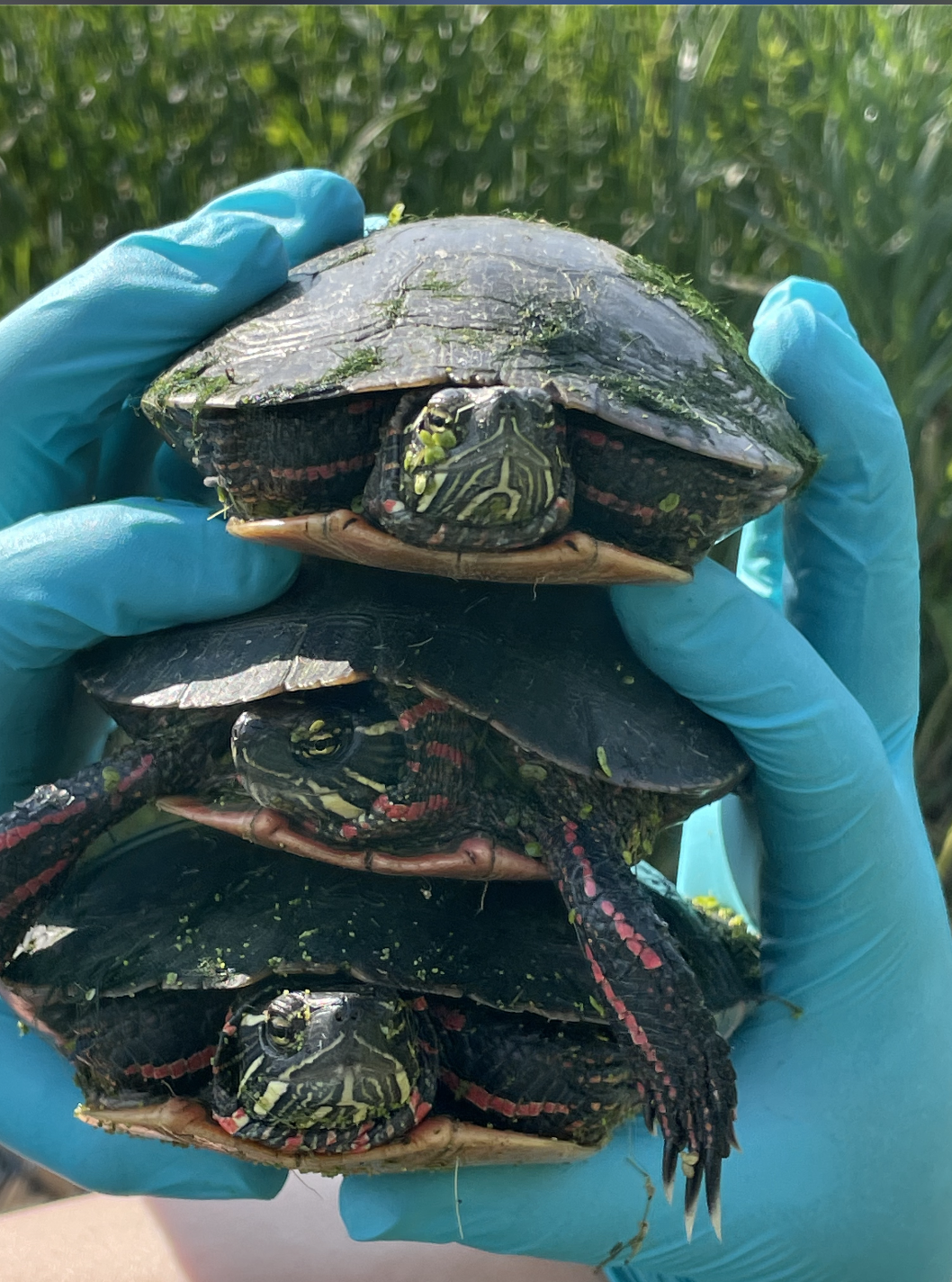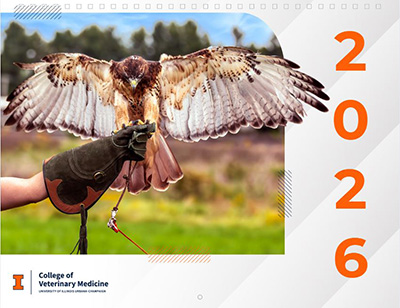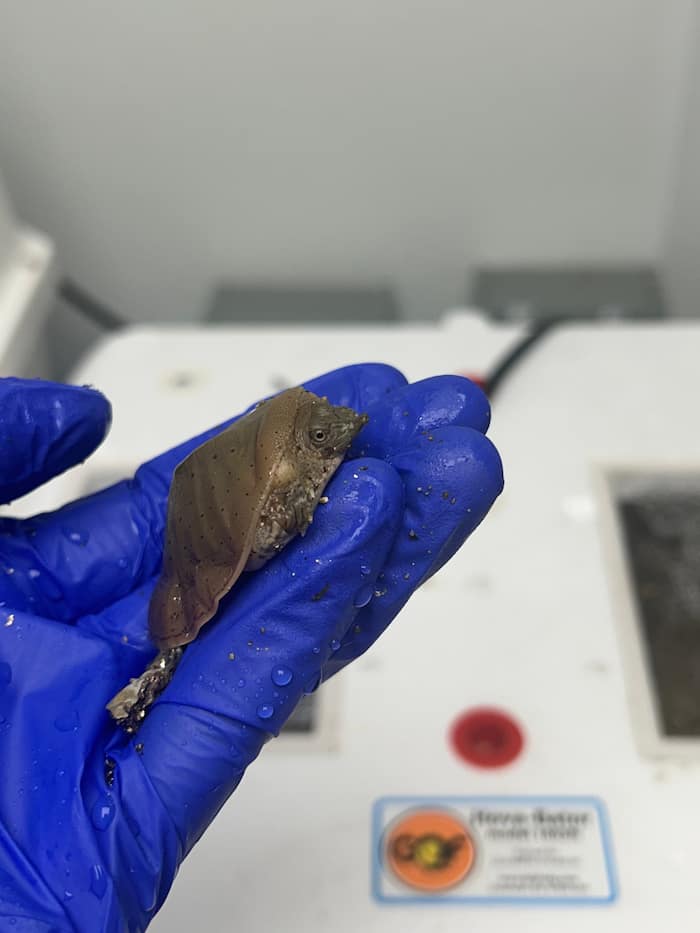Painted turtles are arguably one of the most fascinating species of turtle in the Midwest.

There are several subspecies, including the Eastern, Midland, Southern, and Western painted turtles, whose habitats range throughout much of the continental United States and into parts of Canada. The average lifespan of a painted turtle is about 40 years old. Remarkably, the oldest documented painted turtle reached 55 years of age!
Painted turtles get their name from the beautiful green and red striped carapace (top shell) as well as a mosaic of orange and yellow on the plastron (bottom shell). Painted turtles can commonly be mistaken for red-eared sliders; however, sliders have a distinctive red line along the sides of their head and comparatively less shell coloration.

Like most reptiles, painted turtles are ectothermic, meaning their body temperature is dictated by their environment. During the winter, painted turtles will brumate. This is a process similar to hibernation. Painted turtles brumate underwater, selecting frozen ponds and creeks to pass the winter days away. Demonstrating incredible ability to tolerate anoxia, or periods without oxygen, these individuals can remain underwater for up to 147 consecutive days! In another adaptation for the cold winters, painted turtles suppress their metabolism so low that their heart beats once every 5 to 10 min.

Like most turtles, painted turtles are semi-aquatic and will travel to land in order to make a nest for their eggs. A typical painted turtle clutch can consist of 4 to 20 eggs. During the months of June to July, please be on the lookout for these beautiful turtles that may be crossing the road. If you see a turtle on the side of the road and it is safe to do so, you can help them by moving them across the road in the direction they were headed. These individuals can be quite driven in their movements, so if you were to put them back where they came from, they will wander across the road again and thwart your efforts to keep them safe! Certainly, if you come across an ill or injured turtle, the Wildlife Medical Clinic would be happy to take it in and provide appropriate care!
Written by Maura Ryan, class of 2024.




